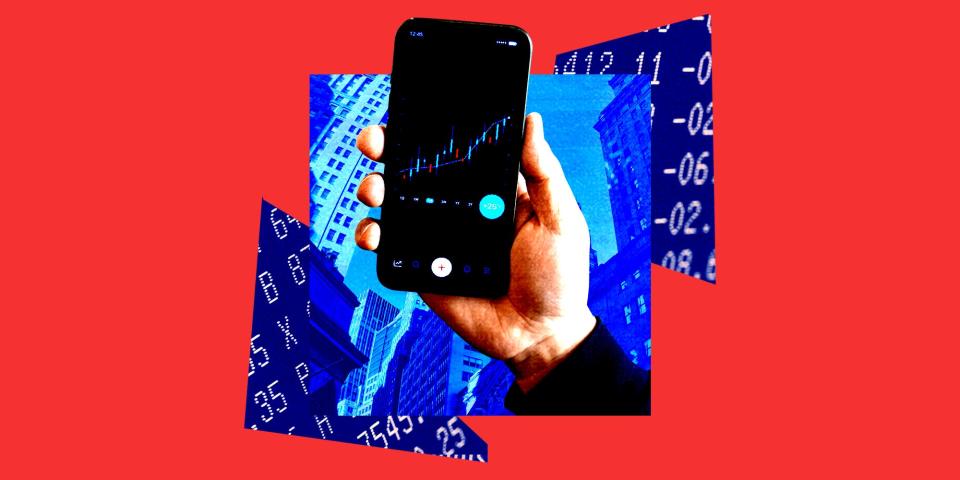
-
The market risks a harmful debt bubble, potentially spreading losses in the financial sector.
-
Economist Dambisa Moyo warns of overvalued stocks driven by enthusiasm for artificial intelligence.
-
Moyo highlights the danger of highly leveraged, unproductive assets, similar to the 2008 crisis.
The stock market could be hosting one of the most harmful types of debt bubbles, with losses that risk spreading around the financial sector, according to one economist and investing veteran.
In a recent op-ed for Project Syndicate, Dambisa Moyo — an economist, Goldman Sachs alum, and current principal of Versaca Investments — pointed to growing fears that the stock market is becoming overvalued. Wall Street’s enthusiasm for artificial intelligence has reaped enormous gains for mega-cap tech stocks this year, pushing all three benchmark stock indexes to fresh records.
“The signs of bubbles emerging in financial markets are clear to see,” Moyo wrote. “Such trends certainly justify worries about new stock-market bubbles.”
But even more concerning is that the US could be seeing one of the most problematic types of bubbles, fueled by highly borrowed and “unproductive” assets, Moyo said. Those assets pose more harm to the economy than productive assets, or assets financed with cash or equity, where losses are more contained to direct investors.
The “best” example of that type of bubble is the subprime mortgage crisis, she added, when excess housing supply and risky lending practices collided and caused home prices to plunge by a third.
Most economists don’t see a scenario like that happening today, thanks to stricter lending standards in the banking sector. But many companies that appear to be highly borrowed and unproductive appear to be financed in the shadow banking sector, Moyo said, where there’s little regulatory oversight on debt-taking.
Distress is already mounting among some of the most indebted and unprofitable companies. Corporate bankruptcies are now scaling at the fastest pace since the pandemic, according to S&P Global data, with bankruptcy filings rising to 346 in June.
Losses from troubled companies also risk contaminating other areas of the market, Moyo added.
“While a loss taken by someone who used accumulated savings will have only a limited effect on the wider economy, losses taken on ‘borrowed’ money, especially with high leverage, could prove contagious. A system with low visibility regarding the sources and forms of capital underlying many investments is a risky one. Greater scrutiny of unproductive, leveraged assets is crucial to avoiding a financial crisis,” she said.
Other Wall Street experts have voiced concerns about stocks and mounting corporate debt, especially given how lofty valuations are in the market. According to one valuation metric, stocks look to be their most overvalued ever, even surpassing levels seen in 1929.
Read the original article on Business Insider
EMEA Tribune is not involved in this news article, it is taken from our partners and or from the News Agencies. Copyright and Credit go to the News Agencies, email news@emeatribune.com Follow our WhatsApp verified Channel




